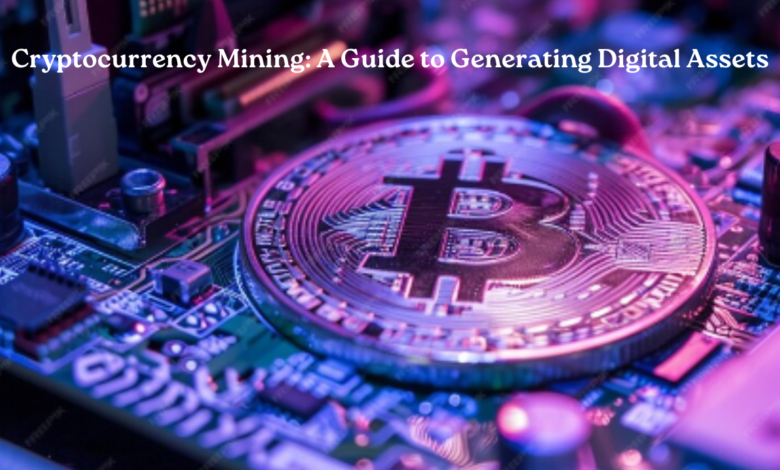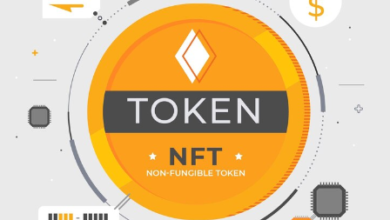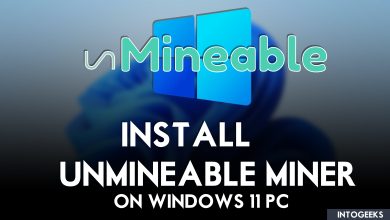Cryptocurrency Mining: A Guide to Generating Digital Assets

Amidst the evolving terrain of digital finance, cryptocurrency mining is highlighted as an exceptionally intriguing and potentially highly profitable venture. While the concept of mining might conjure images of pickaxes and dark tunnels, in the world of cryptocurrencies, it involves computers and complex algorithms. In this comprehensive guide, we’ll delve into the world of cryptocurrency mining, exploring what it is, how it works, and how you can get started on your journey to generating digital assets.
Understanding Cryptocurrency Mining
At its core, cryptocurrency mining is the process by which transactions are verified and added to the blockchain—a decentralized ledger that records all transactions across a network of computers. In contrast to conventional banking setups, where a central entity manages transactions, cryptocurrencies function through a decentralized network, relying on miners to validate transactions and uphold security.
How Mining Works
Mining requires solving intricate mathematical problems using computer hardware. With Bitcoin, the most famous cryptocurrency, miners vie to solve a cryptographic puzzle called the Proof of Work (PoW) algorithm. The miner who first solves the puzzle gains the authority to incorporate a fresh block of transactions into the blockchain, obtaining newly minted bitcoins and transaction fees as their prize.
Types of Cryptocurrency Mining
While Bitcoin mining dominates the landscape, there are thousands of other cryptocurrencies, each with its own mining algorithms. Some of the most common mining algorithms include Proof of Work (PoW), Proof of Stake (PoS), and variants like Proof of Authority (PoA) and Delegated Proof of Stake (DPoS). Each algorithm has its own set of rules governing how miners validate transactions and earn rewards.
Getting Started with Cryptocurrency Mining
Before diving into mining, there are several key considerations to keep in mind:
i) Hardware Requirements:
The hardware required for mining depends on the cryptocurrency you wish to mine and the mining algorithm it utilizes. For PoW cryptocurrencies like Bitcoin, specialized hardware known as Application-Specific Integrated Circuits (ASICs) offers the best performance. Alternatively, for other cryptocurrencies, a powerful graphics processing unit (GPU) may suffice.
ii) Software and Wallets:
To begin mining, you’ll require mining software to link your hardware with the cryptocurrency network. Additionally, you’ll require a digital wallet to store the cryptocurrencies you mine securely.
iii) Electricity Costs:
Mining can be energy-intensive, especially for PoW cryptocurrencies like Bitcoin. Before getting started, it’s crucial to assess your electricity costs and ensure that mining remains profitable.
iv) Mining Pools vs. Solo Mining:
While it’s possible to mine cryptocurrencies independently, joining a mining pool can increase your chances of earning rewards. Mining pools consist of multiple miners who combine their computational power to solve puzzles collectively and share the rewards.
Choosing the Right Cryptocurrency to Mine
With thousands of cryptocurrencies available, selecting the right one to mine can be daunting. Factors to consider include:
i) Market Potential:
Research the market demand and potential for the cryptocurrency you intend to mine. Established cryptocurrencies like Bitcoin and Ethereum offer more stability, while newer altcoins may present higher risks and rewards.
ii) Mining Difficulty:
The mining complexity of a cryptocurrency dictates the level of difficulty in mining new blocks. Lower difficulty levels generally mean higher chances of mining rewards but may also indicate lower demand for the cryptocurrency.
iii) Profitability:
Calculate the potential profitability of mining a particular cryptocurrency by considering factors such as current market price, mining difficulty, and electricity costs.
Risks and Challenges of Cryptocurrency Mining
While cryptocurrency mining can be profitable, it’s not without its risks and challenges. Some key considerations include:
i) Volatility:
Cryptocurrency prices are notoriously volatile, and mining rewards may fluctuate accordingly. Miners should be prepared for sudden price swings and their impact on profitability.
ii) Regulatory Uncertainty:
The regulatory landscape surrounding cryptocurrencies is constantly evolving, with governments worldwide introducing new regulations that may impact mining operations.
iii) Security Risks:
Mining pools and digital wallets are susceptible to hacking and theft. Miners should take adequate measures to secure their funds and minimize risks.
Crypto Mining Pools and Rewards
1. What Are Mining Pools?
- Mining pools are cooperative networks of cryptocurrency miners that pool their computing power to enhance block mining efficiency.
- Instead of competing individually, miners work together to solve complex mathematical puzzles and validate transactions.
- When a mining pool achieves block mining, the rewards are divided among its participants according to their individual contributions.
2. Why Join a Mining Pool?
- Consistent Rewards: In solo mining, miners may experience long periods without rewards, followed by sudden windfalls. Pools even out these fluctuations, providing smaller but more consistent payouts.
- Higher Odds: Pools increase the chances of successfully mining a block, especially for smaller miners who might struggle individually.
- Reduced Variability: By pooling resources, miners reduce the impact of luck and volatility on their earnings.
3. How Rewards Are Distributed:
- Proportional (PROP): Shares are assigned based on each miner’s contribution. Upon mining a block, the rewards are distributed in proportion.
- Pay-Per-Share (PPS): Miners are guaranteed a fixed reward for every share they submit, even if the pool does not mine a block.
- Pay-Per-Last-N-Shares (PPLNS): Rewards are based on the last N shares submitted by miners. It balances risk and encourages long-term commitment.
4. Challenges and Considerations:
- Centralization Risk: Large pools can become too powerful, potentially centralizing control over the network.
- Pool Fees: Most pools charge fees (usually a percentage of rewards) for their services.
- Choosing Wisely: Miners should research pools, considering factors like fees, reputation, and payout methods.
Conclusion
Cryptocurrency mining entails employing computer hardware to solve intricate mathematical problems, which in turn validates and records transactions onto a blockchain. This guide covers the basics of mining, the types of algorithms used, the necessary hardware and software, and the considerations for choosing which cryptocurrency to mine. It also underscores the possible pitfalls and benefits, encompassing market fluctuations, regulatory ambiguities, and security obstacles, offering a thorough perspective for those intrigued by creating digital assets via mining.
For related topics, explore www.intogeeks.com.




